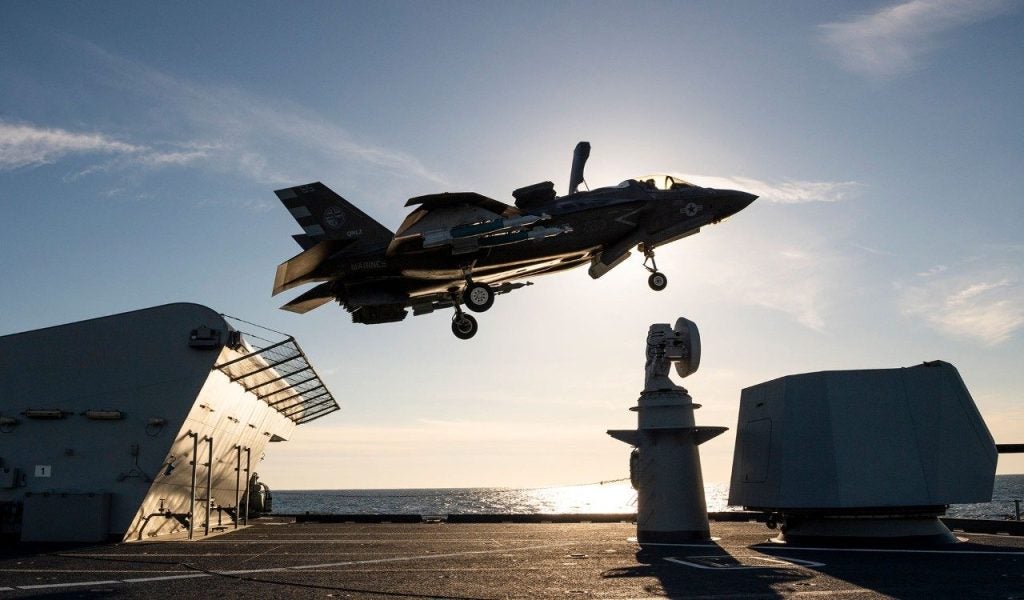General Electric (GE) Aerospace announced 14 November 2023, that its XA100 Adaptive Engine Transition Programme (AETP) engine, intended for the F-35 fighter jet, has completed additional testing in coordination with the US Air Force (USAF).
This round of testing follows a report in June from the US House Appropriations Committee that blocked the USAF proposal to cancel GE’s engine and move forward with the F135 Engine Core Upgrade from RTX.
"Recent Congressional support for advanced engine development in the defence appropriations bills will help continue our progress as we work to bring this revolutionary technology forward for US warfighters,” said GE Aerospace’s Defense & Systems president and CEO Amy Gowder.
GE have been lobbying congress for the inclusion of the XA100 in the F-35 programme, arguing that it is “already the most advanced combat engine ever developed”, according to GE Aerospace vice president and general manager David Tweedie, adding now that it is also the most tested engine, following the recent third round, on top of completing all AETP testing in 2022.
The second XA100 engine, which benefits from the expertise of over 400 engineers, completed the third round of testing at GE Aerospace's facility in Evendale, Ohio. This testing aimed to validate minor design improvements based on previous testing conducted in 2022. "With a third round of testing, GE Aerospace has proven again our place as the industry leader in adaptive cycle engines,” continued Gowder.
Additionally, the testing helped to enhance the engine's detailed design and digital models, as well as accelerate the development of adaptive propulsion and related technologies for sixth-generation applications through scenario-specific testing.
GE Aerospace's claim the XA100 engine has now successfully completed hundred of hours of system-level performance and operability testing that has provided the company with insight into adaptive cycle engine architecture. The company expects the XA100 engine to offer pilots enhanced fuel efficiency and extended range, and increase thermal management capacity in comparison to existing fighter engines.









